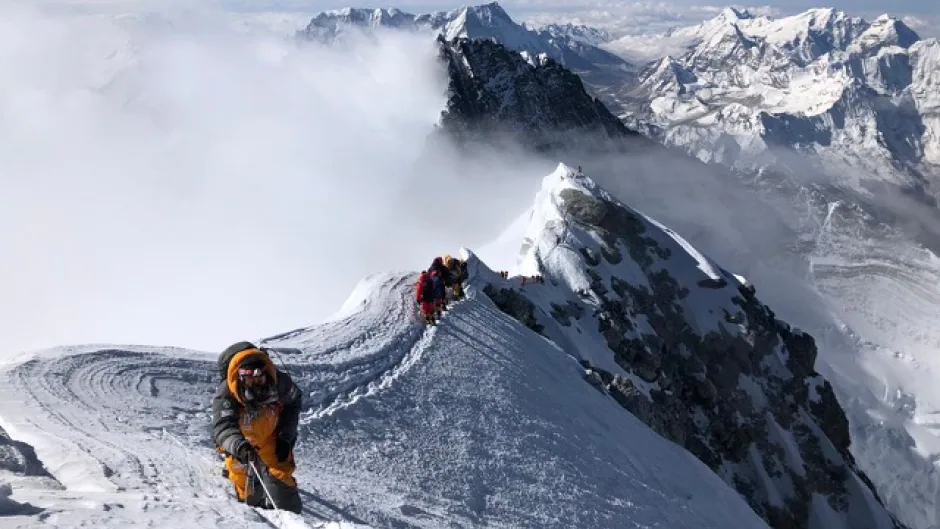Author: Alexandre Palma
Resilience on Everest
All the different challenges that the climbers’ team arose along their expedition journey, give us some insights into these three approaches and we can clearly identify them. We will resume the episode just in a way to determine how these three approaches could occur in the practice.

This journey happens on the Kangshung Face which is the most remote and least explored side of Mount Everest.
So, first of all, the team arrives at the mountain and starts to do their routine steps which are already planned, like the camping montage, revising the route and all the initial procedures.
Already on their path on the first day, they face the first big challenge on the route which is bypassing an uncommonly treacherous 4000-foot wall of rocks and ice. For 12 days the climbers decided “open the route” by choosing another path and attaching ropes up the face, going higher but returning to base camp every night. In this stage, we can identify this change of route as a heuristic approach, because Jordan the climber’s leader who stays at base camp gives them this different order.
During these 12 days, the climbers’ team follows the orders given by Jordan, until the last day when they face a new challenge.
Because he was on base, Jordan didn’t have enough information to make quick decisions which could put the rest of the team in danger. After discussion of this situation, they immediately created a new simple rule, the climber who goes ahead will be the one who will give the indications.
A heuristic approach was taken through the empowerment of the climber, who went on to lead the climb for a certain period of time.
After being hit by an avalanche, two more simple rules were defined, the first would be to carry only what was necessary for the climbers to proceed in the next phase and the second rule is to continually return to base camp to sleep (the needy for oxygen was real).
The next phase of the expedition was to cross a glacier that took 17 days to complete, done slowly for climbers to get used to high altitudes.
In the end, and despite the plan were only 2 climbers climbing the summit of the mountain, which turned out to be 3. This third element was elected “at the last minute”, after a conversation with Jordan, this third element Juan stated that he was in enough physical shape to be able to help in the climb. This was a decision that had to be taken suddenly, without time for consensus, this turns out to be a decision that contrasts with group decision-making, in which there is usually extensive discussion.
This adventure on Mount Everest shows us the analogy that can be made with these three approaches. At different times different ways of deciding were applied, depending on the context and the urgency of each one.